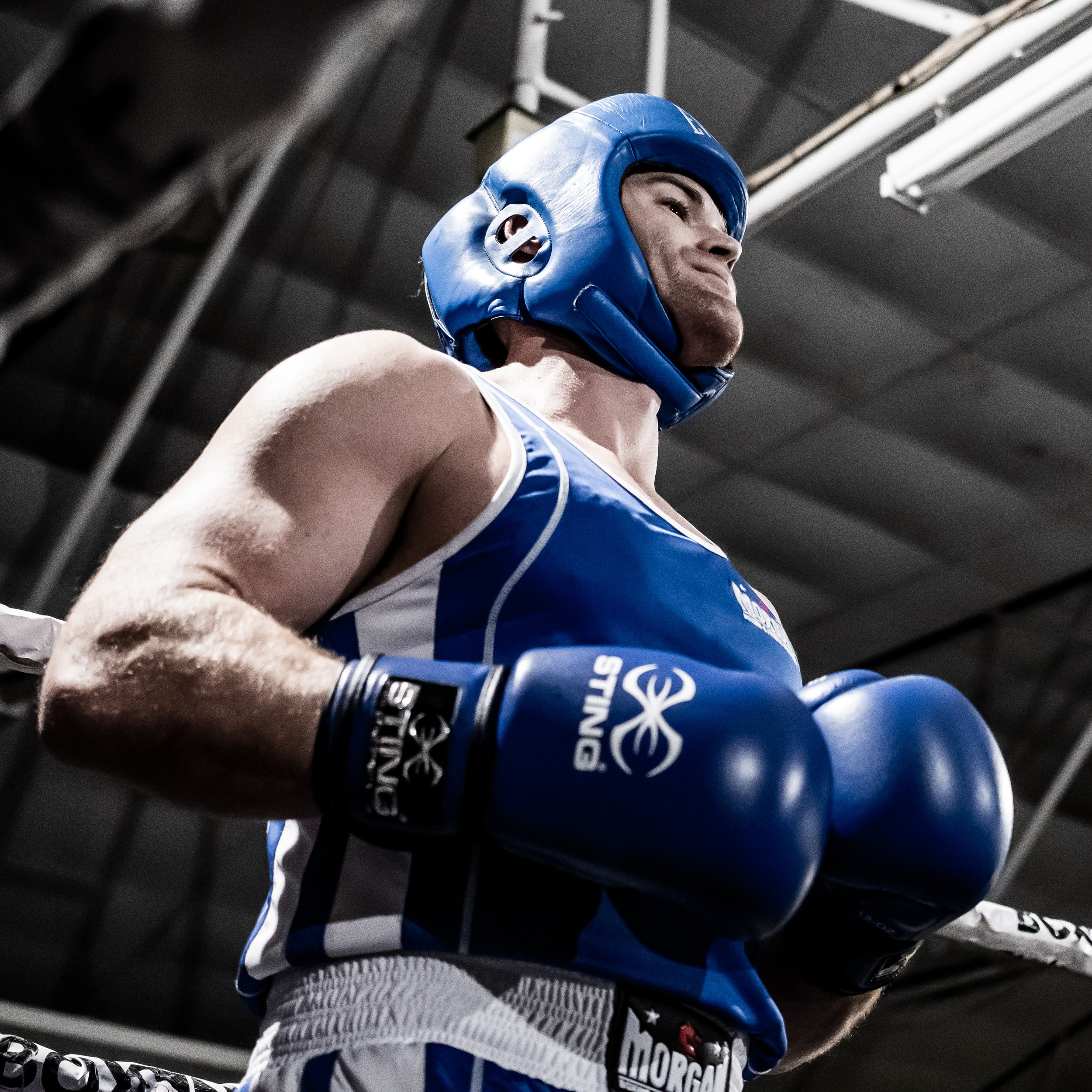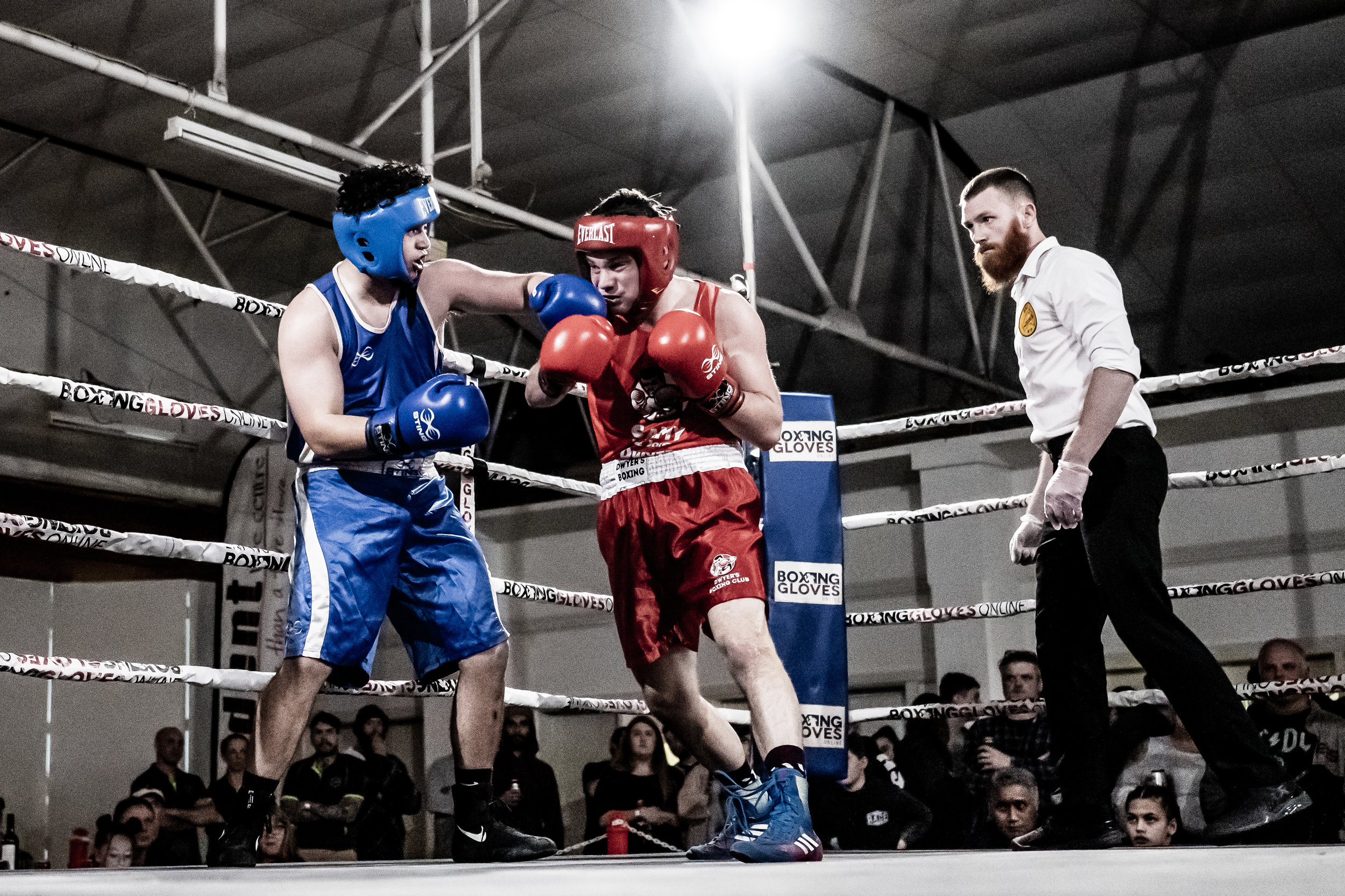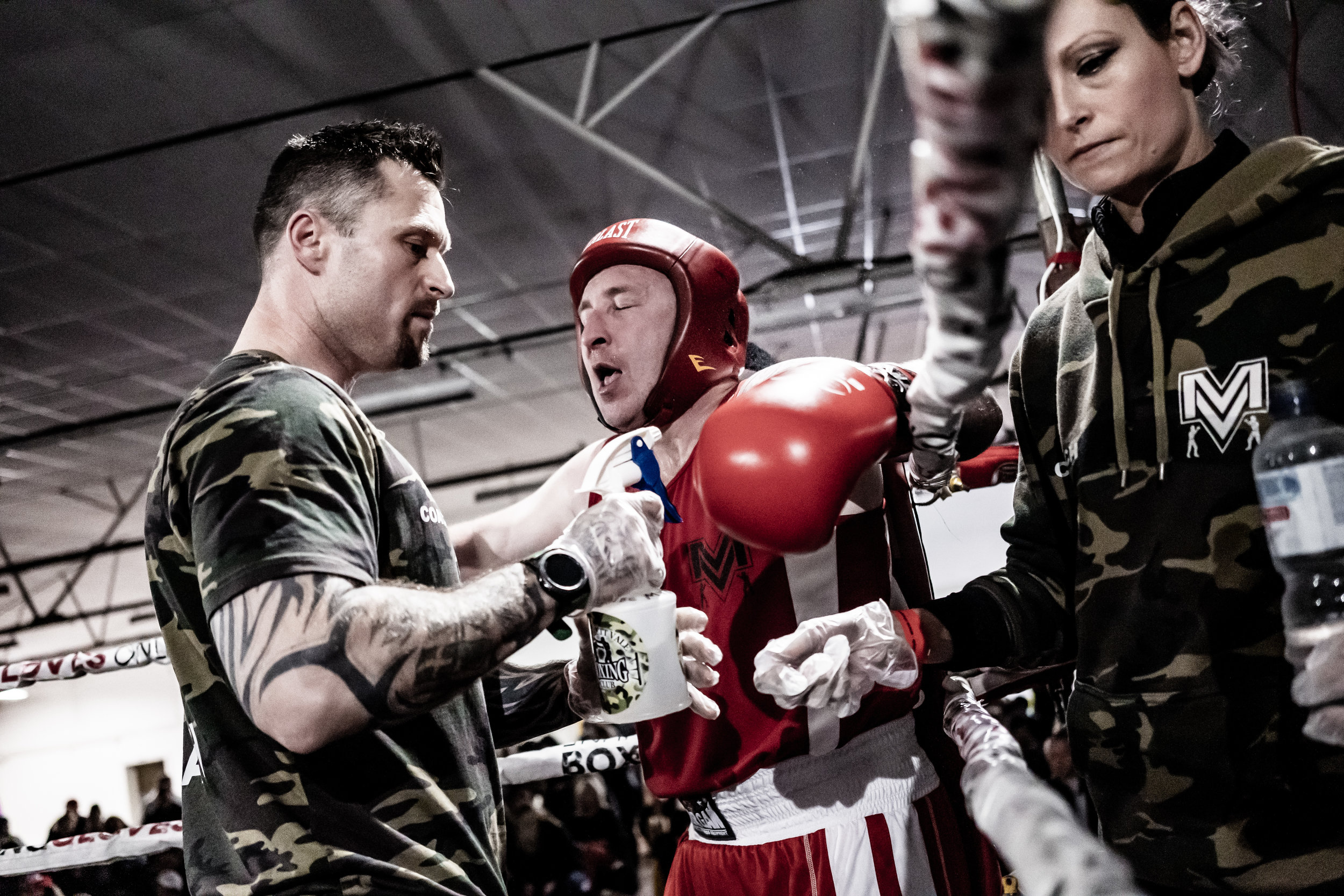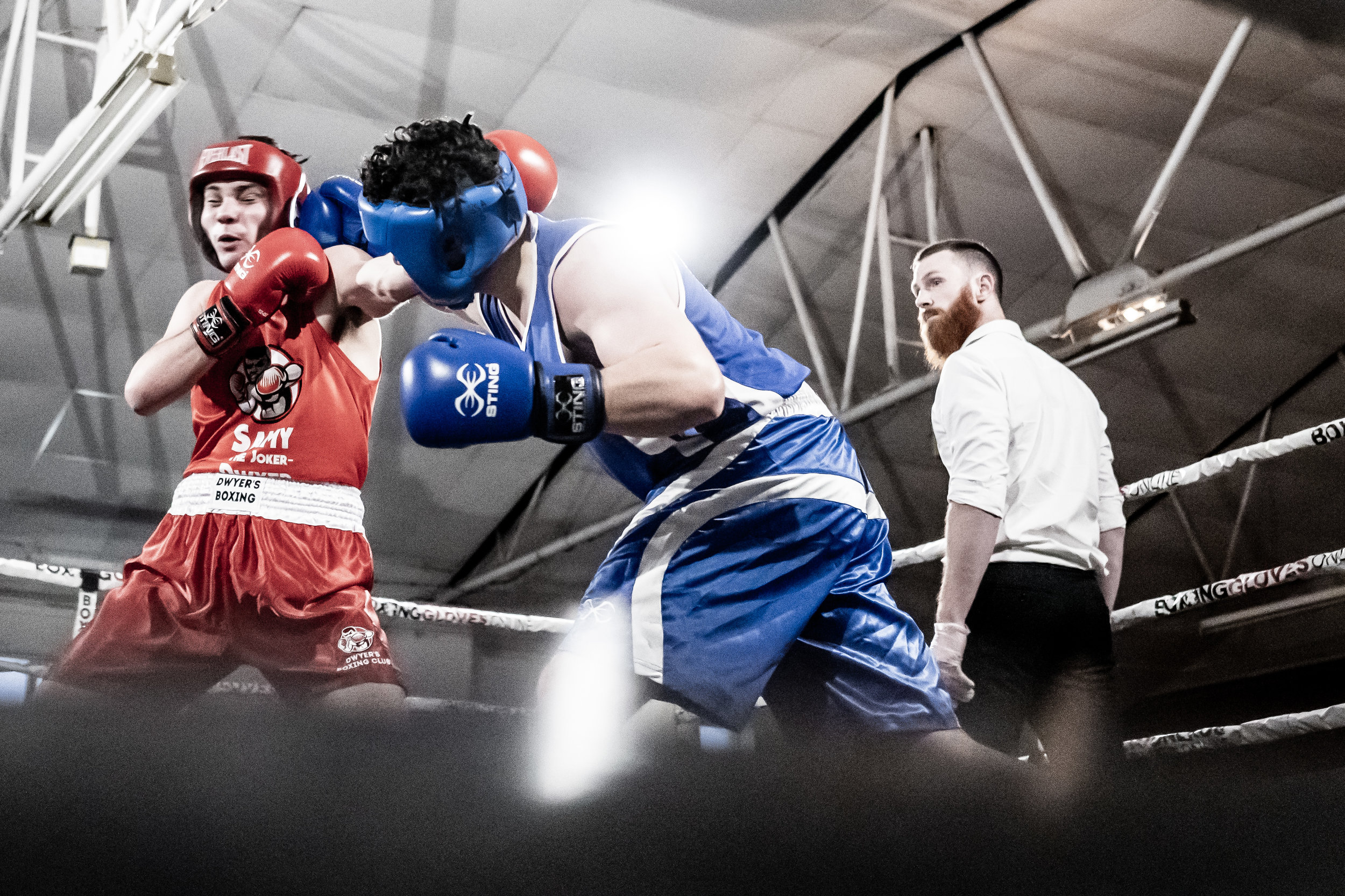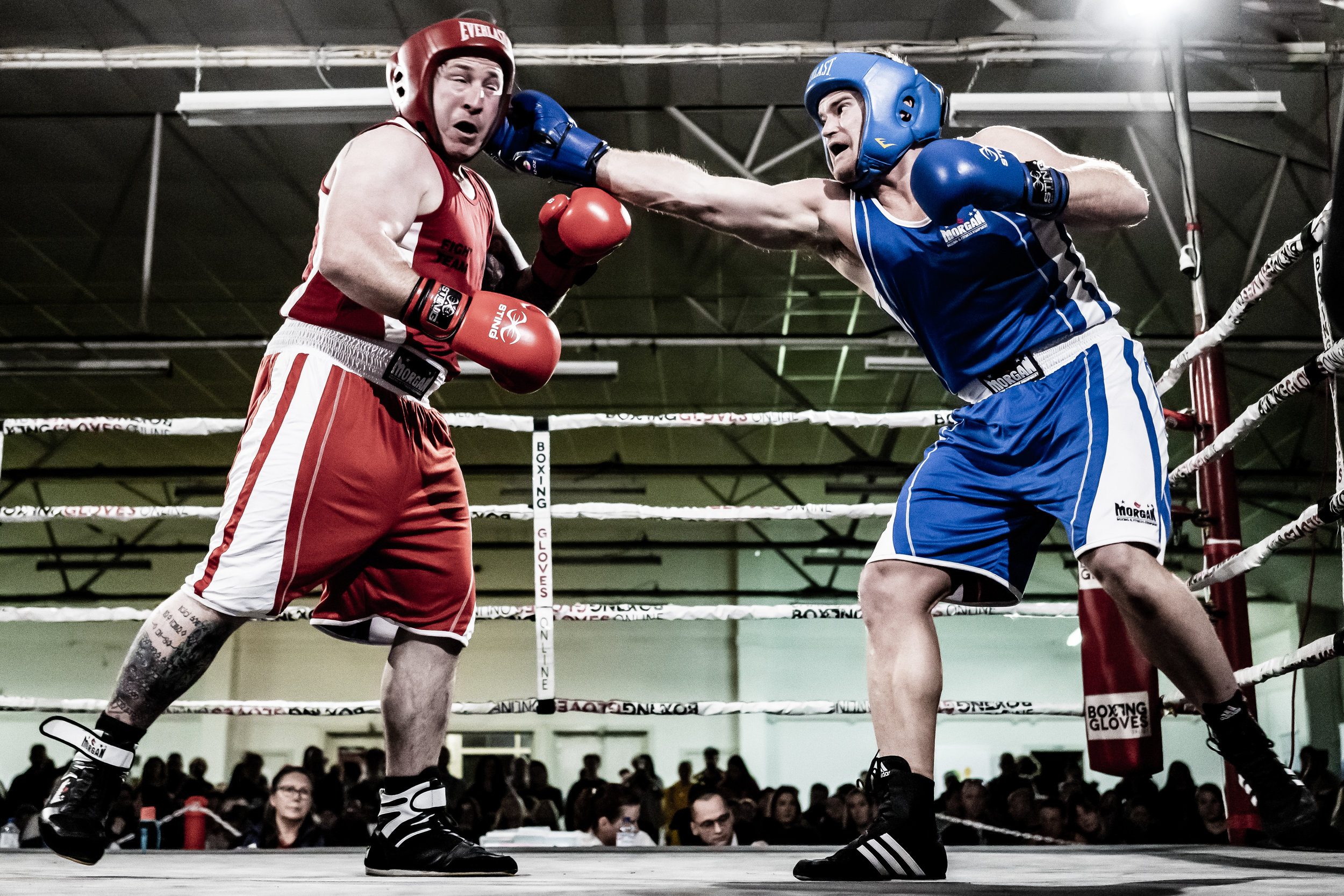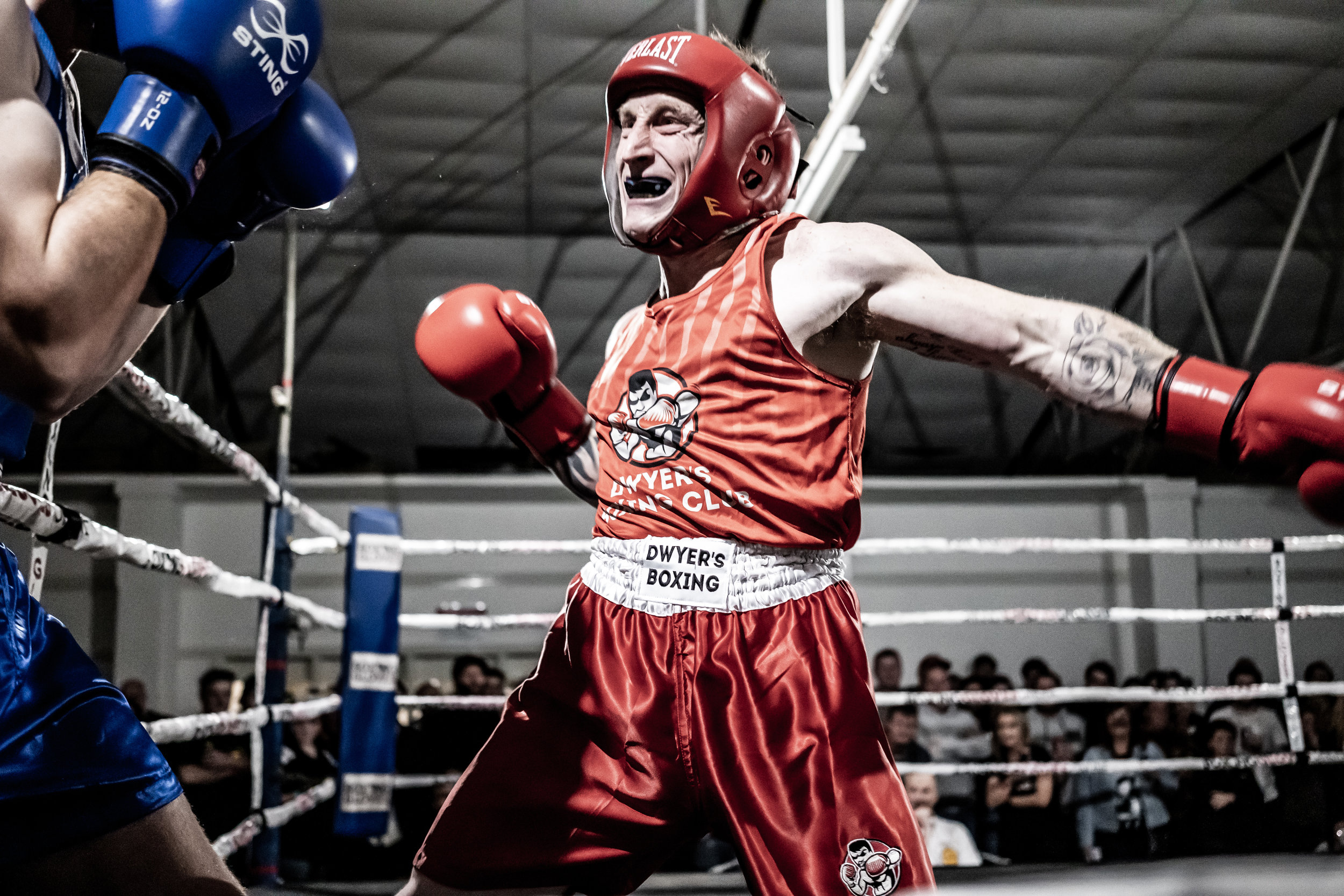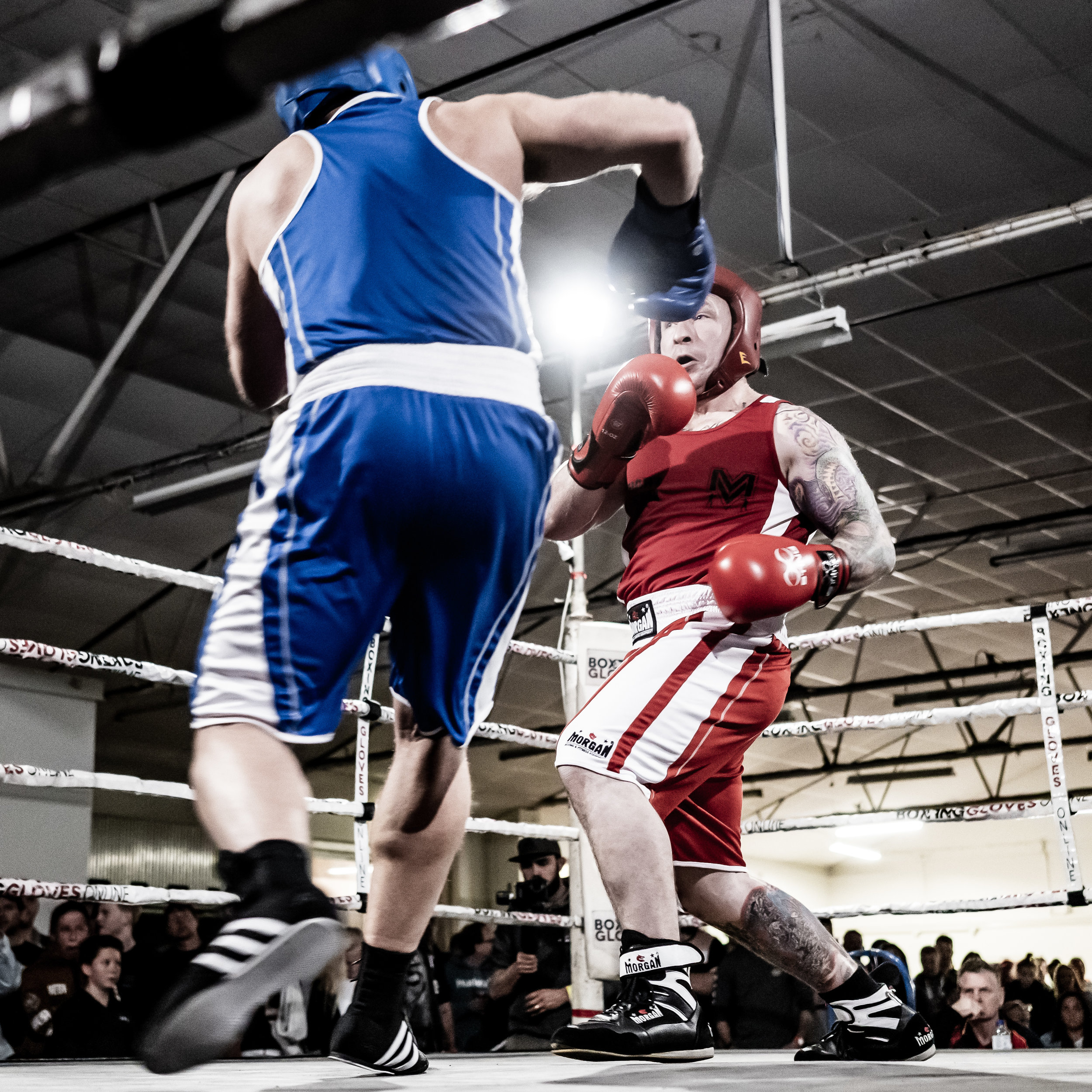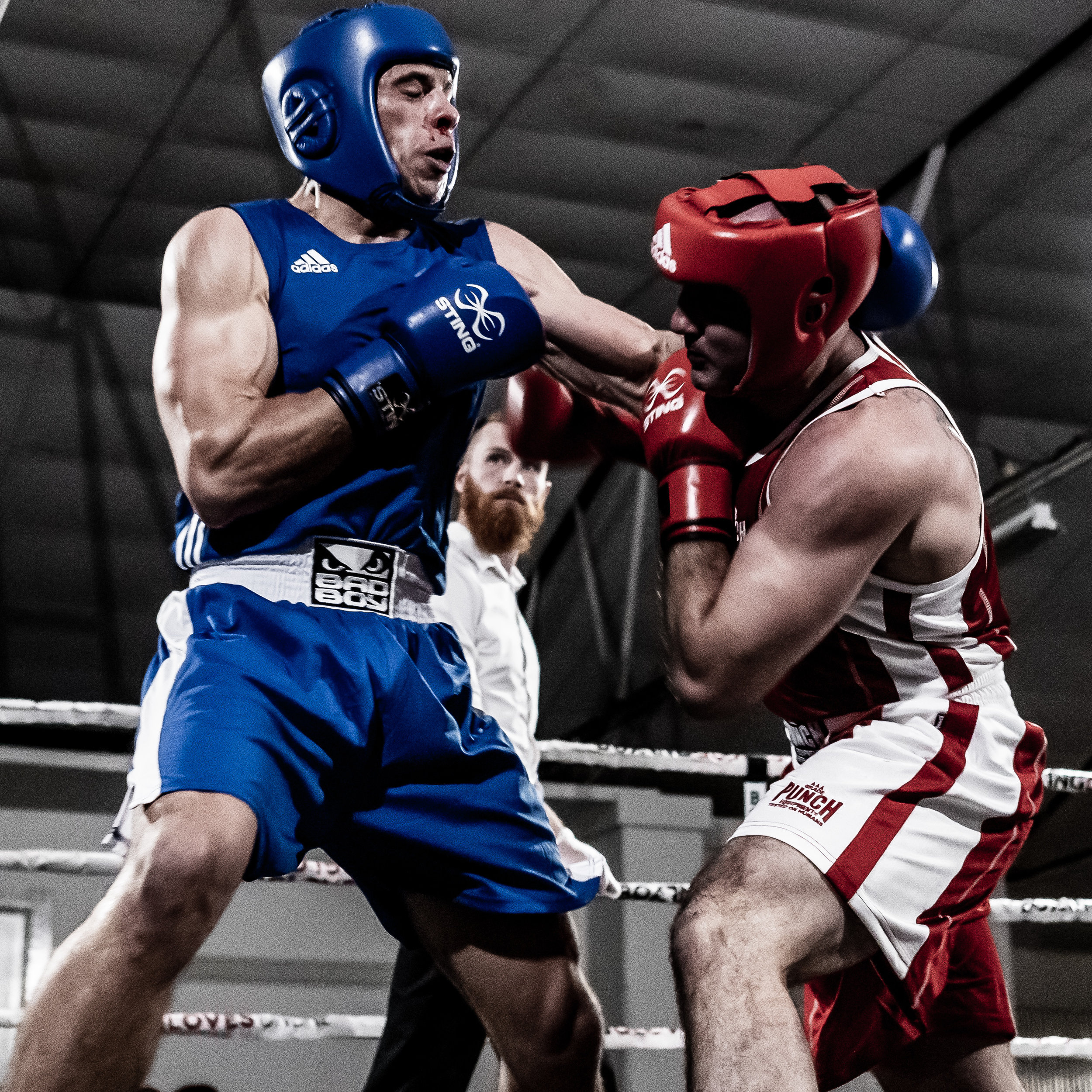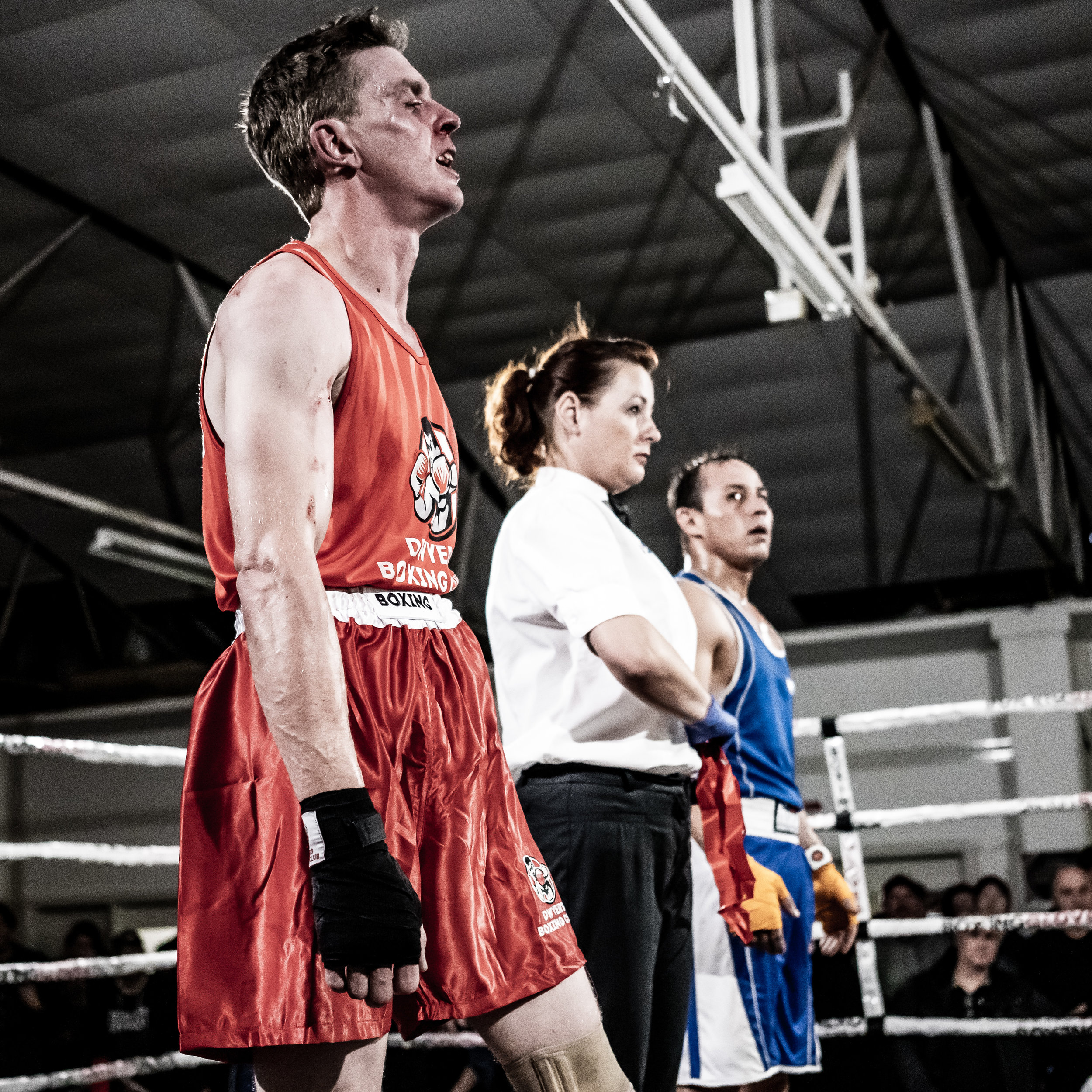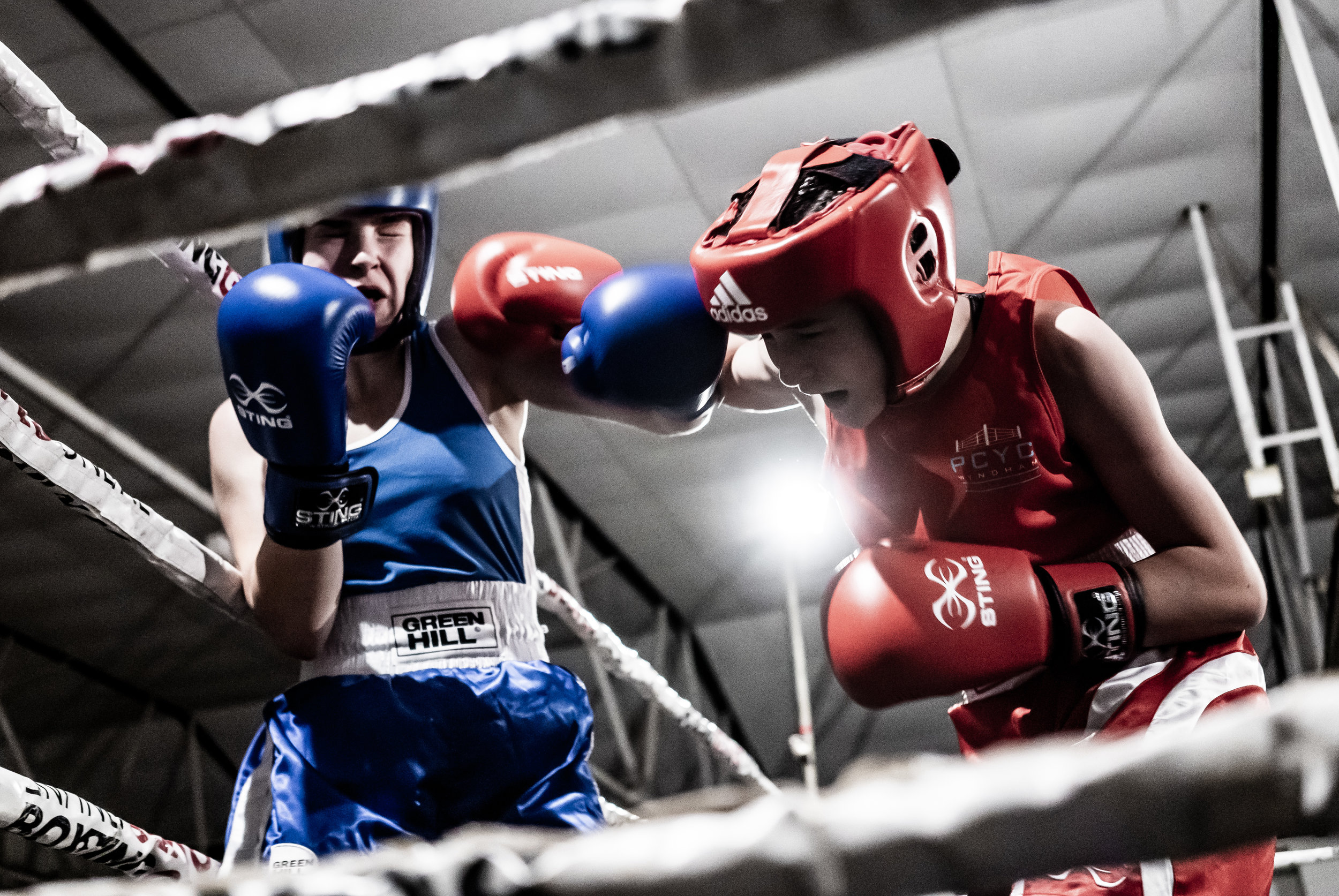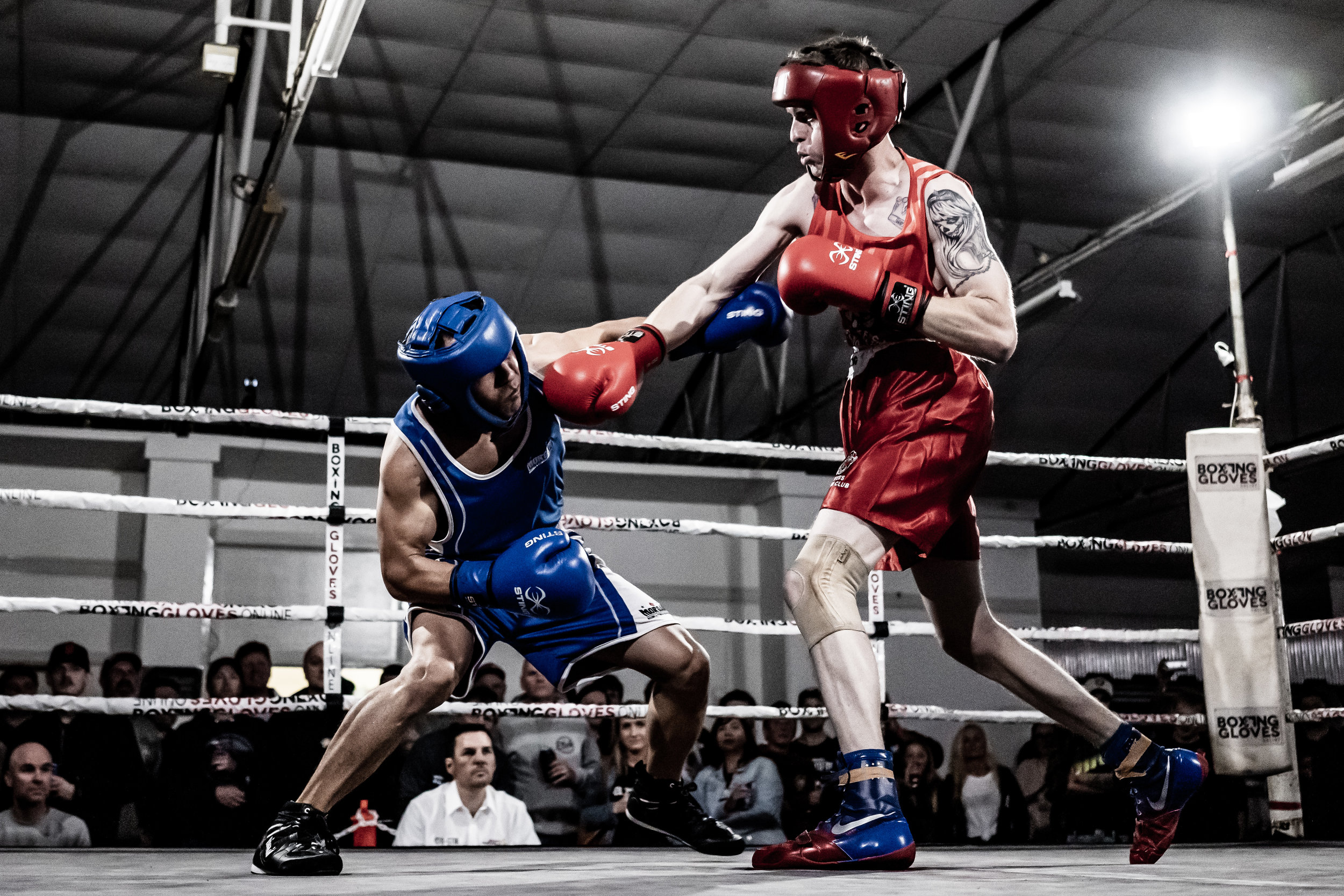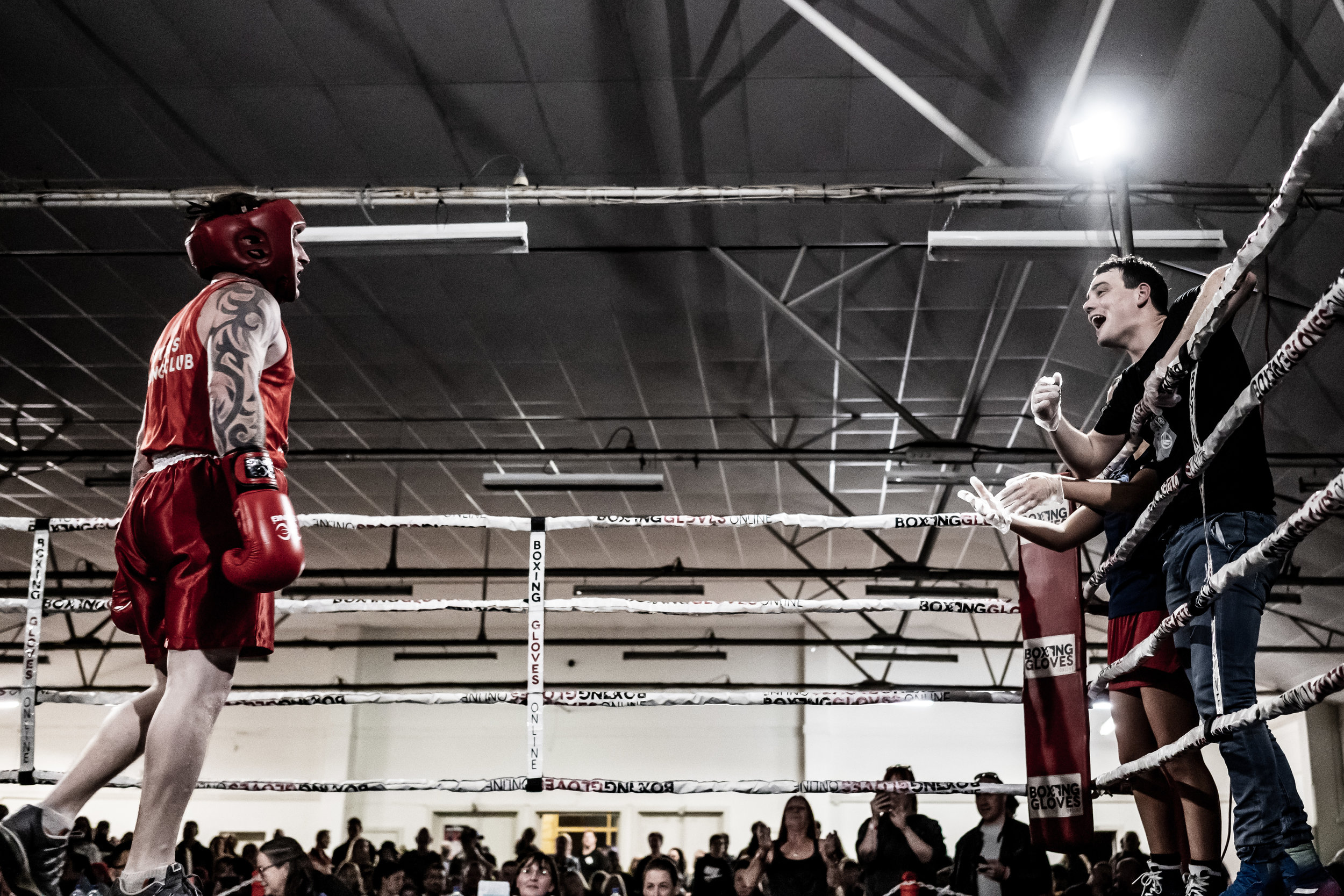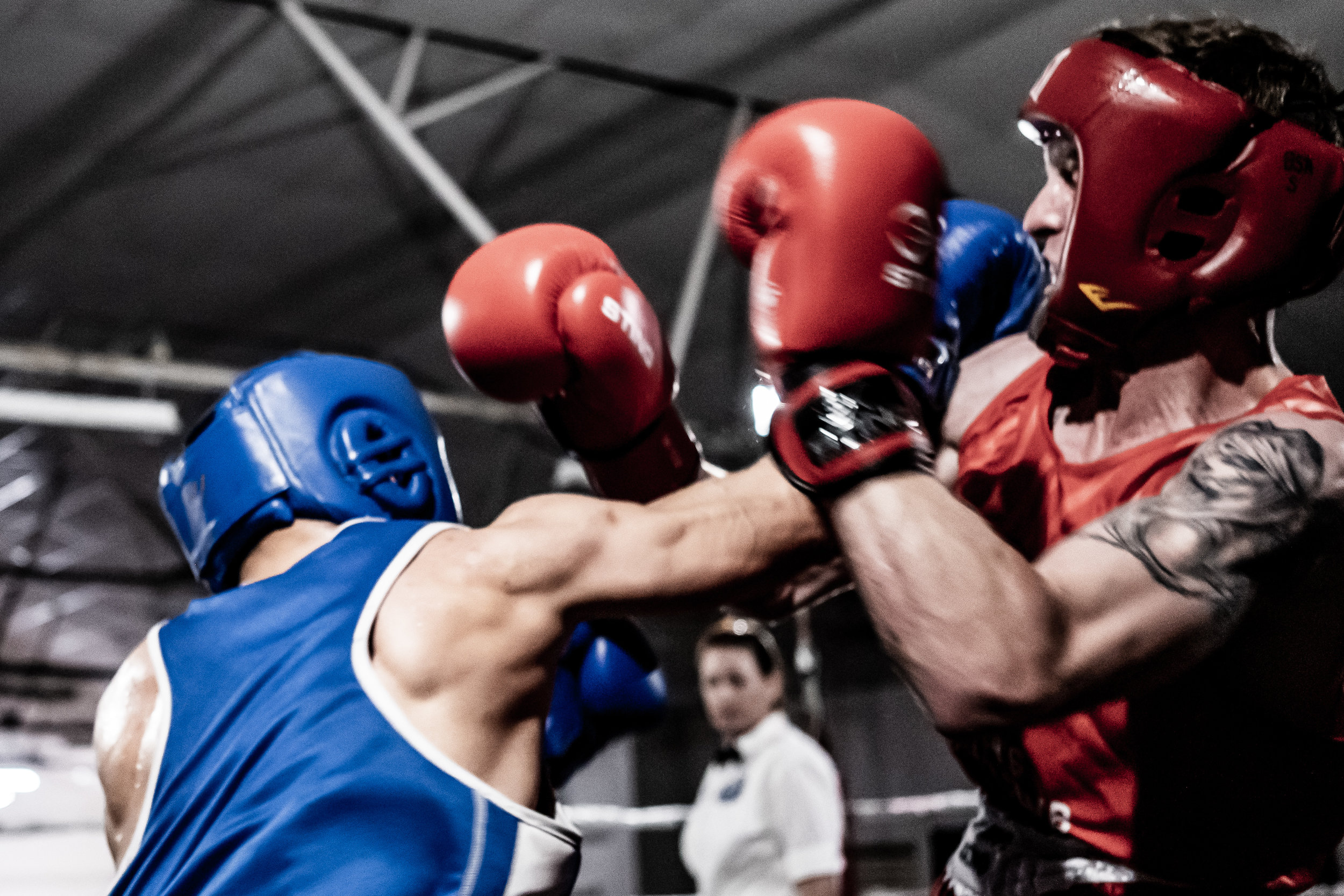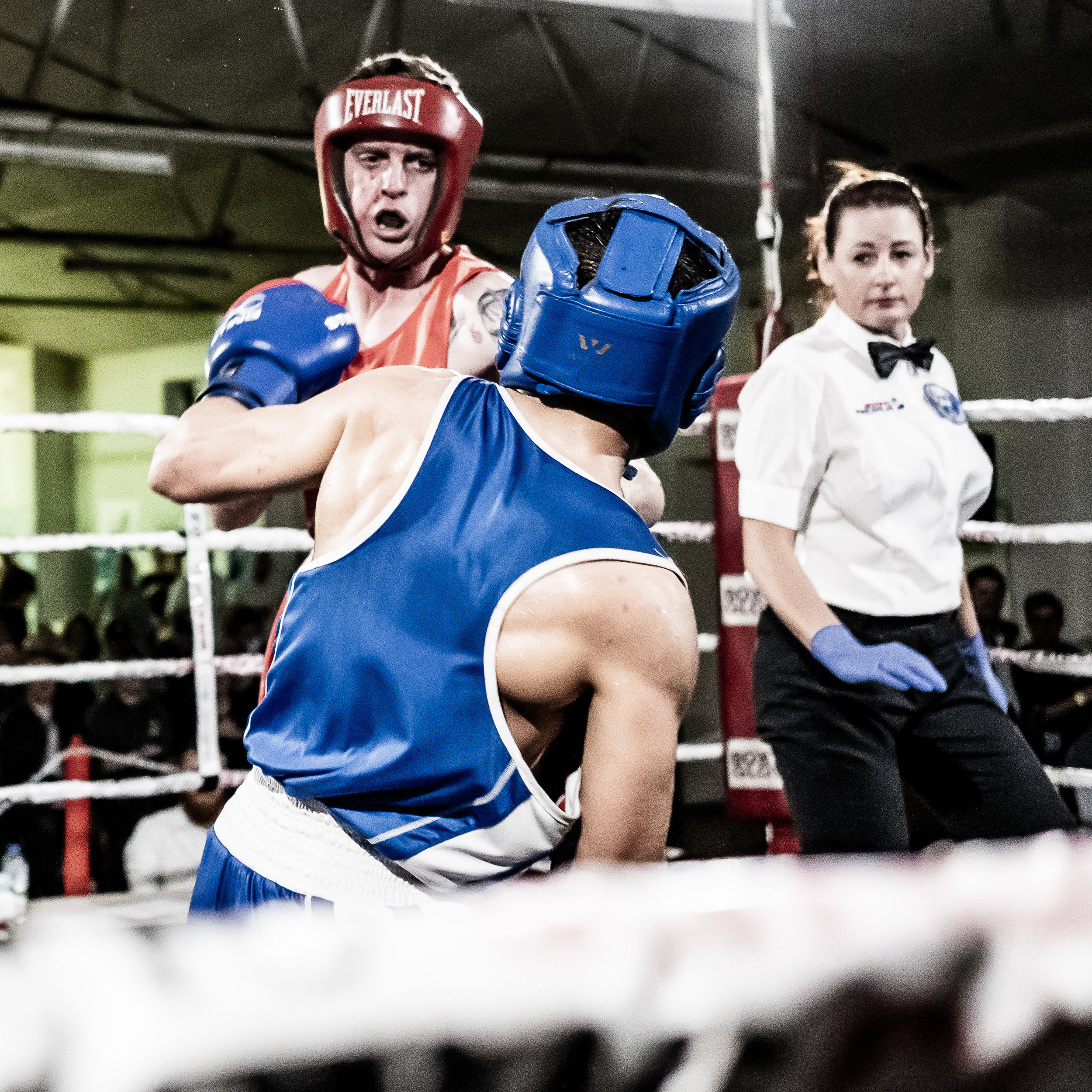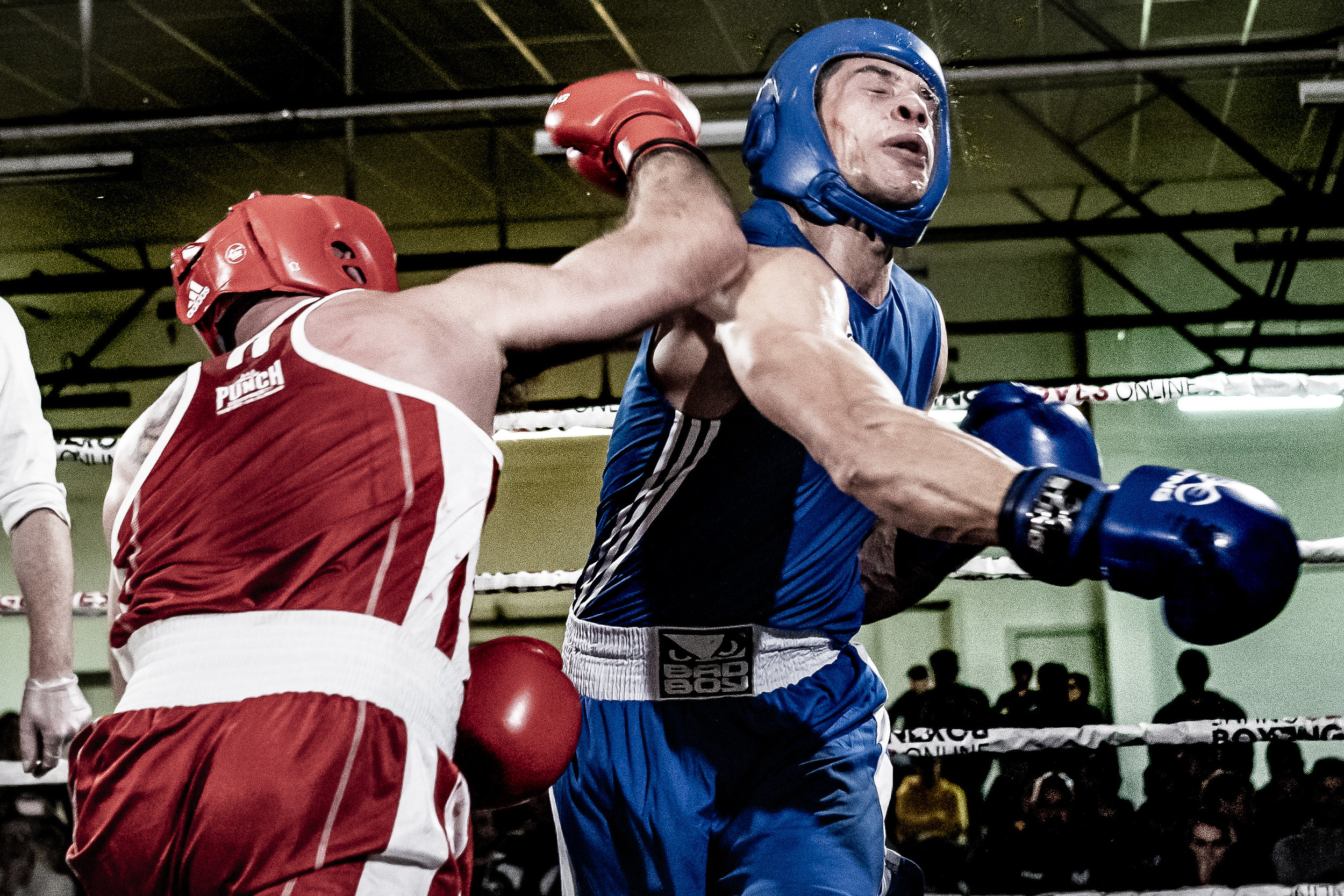It’s been a never ending story. Buy gear - Sell gear. Buy more gear.
I think I’m writing this for some self reflection or insight, also in the hope that if I can help one person out there who may be under the same cycle of buying and selling camera gear - to pause for a moment and consider
"What is the end point?”
Am I chasing image quality? Well yes, obviously, but to be truthful the lighting and moment played more of a part in the overall image than the equipment ever did. Am I after the “look” of other photographers that I have admired in the past? - hence looking now at Leica camera bodies and lenses. Stop it - really - $6000 for a 35mm lens. Just STOP right now.
The Megapixel count being so high, only to be viewed on a 6 inch screen in square format - the new fantastic technical marvel of a full frame 50mm F1.2 lens that weighs 2 pounds and has a depth of field so shallow that the eyelash is in focus, but the pupil isn’t.
It dawned on me when I came to accept a position some distance from home for a period of time and started to load up my car and saw that when fully packed, I had 3 large Airport type camera bags fully loaded which comprised of 3 different camera brands, in three different camera sensor sizes. Ridiculous.
I pulled out all of my camera gear out and laid it bare on the floor, very much like opening up to the confessional and unleashing all of your sins out to be seen by all. I was sitting down and looking at this collection of technology and glass that there were a few points that came to me.
I had a lot of Nikon Glass, which I liked a lot.
The 105mm F2.8 Macro given to me by my Dad is a lovely, if seldom used, lens which I won’t sell because it was a gift from my Father (Along with the film FM3a). The Ais Lenses such as the 28mm F2.8 and 200mm F4 had a special way of rendering, the Tamron 35mm F1.4 VC which has been THE best 35mm lens I had ever used in terms of contrast, bokeh, colour, close focusing, usability and weather sealing and of course my lovely Voigtlander 58mm F1.4 Nokton which, even being manual focus, is one of the nicest lenses to use, brilliant build quality and stellar image performance. The Nikon cameras that I have had bought and sold were - D80,D90,D300,D500,D700 (Still have),D800,D850,D7000,D7100 and FM3a (Still have - will never sell)
I had a great deal of Fuji gear and had used Fuji Mirrorless for some time
I first purchased the Fuji XE-2 kit, then it was a continuation from there. X-T1, X-T2, X-T3, X-Pro1 and 2, X-H1 with the 16mm F1.4, 23mm F1.4 and F2, #5mm F1.4 and F2, 56mm F1.2, 90mm F2 (Stunning lens hardly used - the focal length was difficult to use frequently) 18-55F2.8-4 and 55-200 zoom. As you can tell - well invested and tried many. I think I funded many Fuji Functions in Japan from my purchased alone.
I liked how the exposure compensation showed in the viewfinder with mirrorless, I liked the handling, the dials, the usability of the Fuji cameras - but I couldn’t use the Nikon glass the same (Yes - I bought some adaptors, but it changes the focal effective focal length) Basically I liked mirrorless - Next transition -Sony.
Sony Full frame loveliness
Sony was about the same size (Roughly) as my Fuji X-T series I had used and full frame. I could use my adapted Nikon lenses the same. I could adapt ANY lens the same from Leica, Pentax and whatever else was out there to try. However there was something about the ergonomics that drove me a bit bonkers - Dare I say it, it felt maybe a bit to small and fiddly to use? And as for the menu system -well, people say you will get used to it. Yeah, right; just like I’d get used to sleeping on the concrete floor with a wet woollen itchy blanket - I’d eventually get to sleep, but it won’t be enjoyable.
Micro 4/3 anyone? - Yes please! Over here!
My father is into bird photography and went around Australia with his 600mm F4VR lens, his 70-200 F2.8 and two Nikon bodies - The D700 and D800. He is now over 70 years of age and in all honesty carrying that around would most probably cause a spinal compression fracture if he were to try and carry all that more than 2Km (Just over a mile) - Enter to Panasonic G9 and 100-400mm Leica lens.
There is nothing really like it on the market - a 200 to 800mm equivalent focal range on a camera body that weighs 23oz (650g). Perfect for my Father and his passion. The thing was though, in his later years, he did less and less - then gave me the camera. Once again - a camera I will not sell as it was a gift. The reason I mention this though, is firstly it IS STILL in my current collection of camera gear, and secondly being made aware that there really is a small segment that the M43 does very well. I would have never considered it before - but there you have it.
In the past I did try the Panasonic G85 with it’s great 12-60 lens kit - it is a great camera to use, I also purchased the Olympus 12-40 F2.8 zoom lens which is just lovely to hold and use, plus the 40-150mm F2.8, both lovely in build, image quality - but I quickly bought and sold them through my addiction of Cameras and lens - it was a good high at the time - just not fulfilling enough to continue - there were more things to try. I did find the menu system pleasant tho use and the ergonomics were fine as well.
I Purchased the Panasonic S1
To enjoy using a camera that felt good in the hand was something I had forgotten since the days gone by. of solid, functional SLR cameras. Just very much like using an X-Pro1 or 2, it is just simply a nice camera to use. The Viewfinder on the S1 is THE BIGGEST AND BRIGHTEST of any camera I’ve used. The high ISO performance is stellar (Used it in conjunction with a Voigtlander 50mm F1.2 with vacuums light from near darkness) - but dare I say it - it was TOO BIG and heavy. It weighs nearly 1kg (2lbs) because it is built like an armoured car and could be used as a weapon if a photographer was ever attacked. I sold it in 6 months as it was just TOO big when I wanted full frame, but not FULL WEIGHT.
Where am I going with all of this - what’s the point?
The point is there were certain elements from all of my purchases that clarified only when I placed everything on the ground in from of me. I wanted full frame mirrorless because I would be adapting my Nikon and Voigtlander lenses I liked so much - and I didn’t want my 50mm F1.2 Nokton to become a 75mm. Sony can go get stuffed because photographers have long complained about the menu system for years and well Sony have done - Nothing.
Then it came from somewhere unexpected - watching a photographer explain why he switched to the Nikon Z6. Why had I never considered this before? Because people told me (Which People? - the YouTube creators, Marketers and full time Pros - all which I am not) I needed 2 card slots, perfect (Sony A73) Autofocus all of the time and this, then that and the battery life and the usability - Oh, it’s so tiring. But this photographer wsn’’t yelling about the lack of this or that, comparing specs against other brands, he sat ther in front of his camera drinking coffee from his Nordic mug and just told his audience what he thought - he compared it against his D850 and D5 - but said the Z6 was now his main camera.
So I’ll be seeing how this next long post and justified purchase will work out and you can read my blog with interest to see what fault I can find with my new “Must Have” camera
If I were starting out again if everything was blown up and I had a shopping list to start over - well that is another story…






